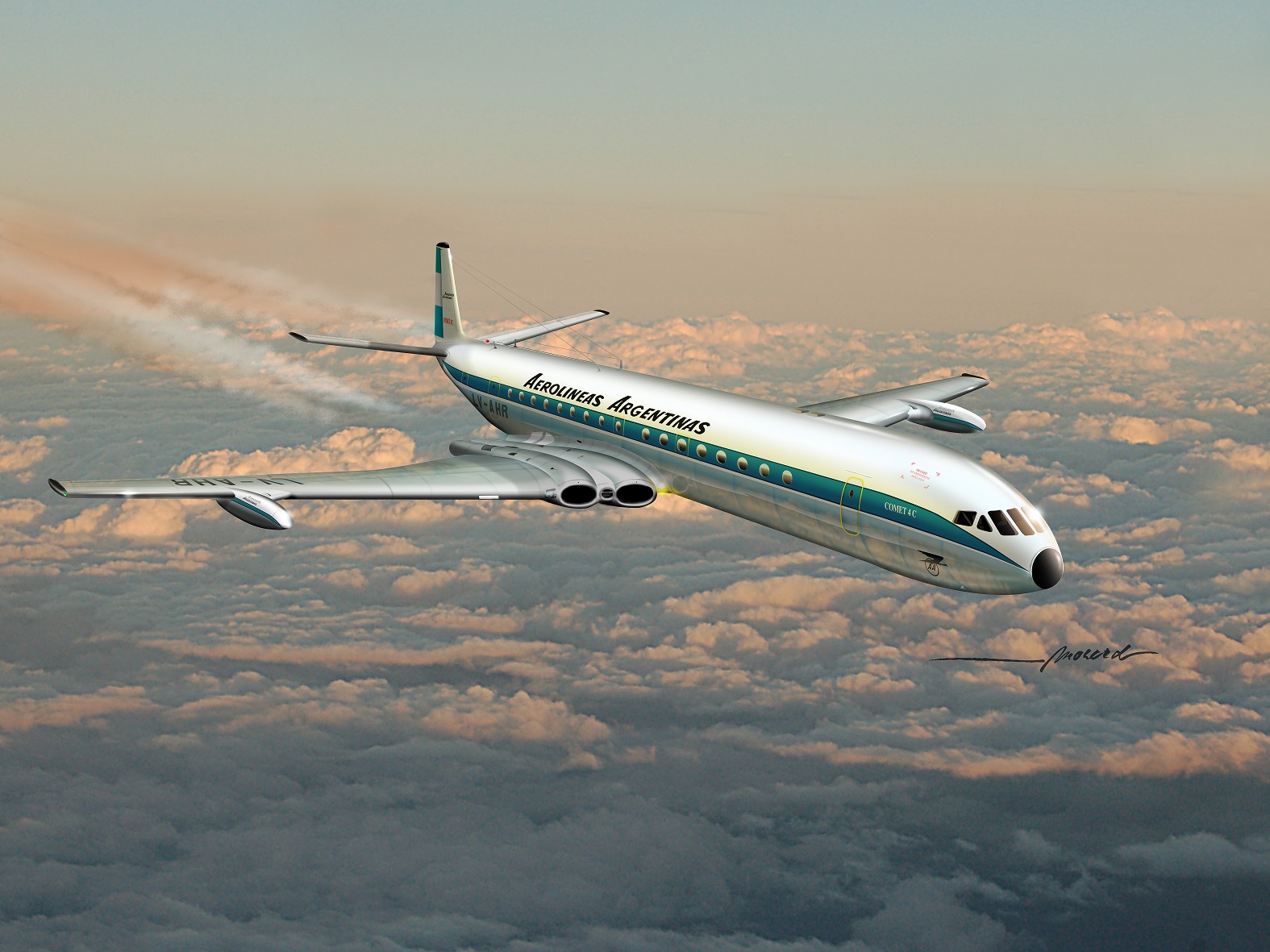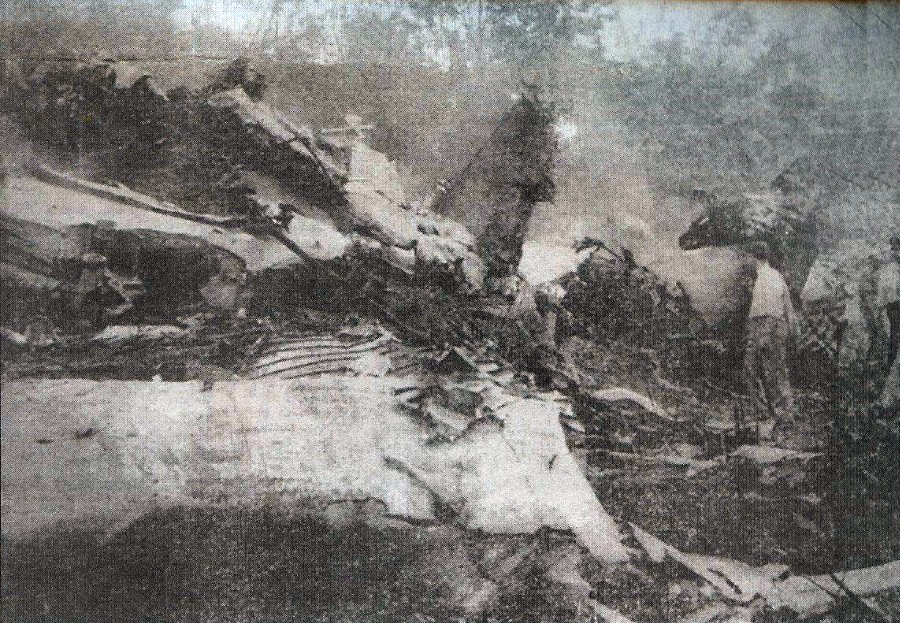Crash of a Learjet 25C in Campinas: 7 killed
Date & Time:
Sep 26, 1976 at 2000 LT
Registration:
PT-IBR
Survivors:
No
Schedule:
Manaus – São Paulo
MSN:
25-072
YOM:
1972
Crew on board:
2
Crew fatalities:
Pax on board:
5
Pax fatalities:
Other fatalities:
Total fatalities:
7
Circumstances:
The airplane departed Manaus-Eduardo Gomes Airport in the afternoon on a flight to São Paulo-Congonhas Airport. En route, the crew was informed about the deterioration of weather conditions at destination and was vectored to Campinas-Viracopos Airport. On final approach by night, the crew failed to realize his altitude was too low when the airplane struck trees and crashed in an eucalyptus plantation located 2 km short of runway 14. The wreckage was found at 0700LT the following day. The aircraft was totally destroyed and all seven occupants were killed, among them five top managers from the Brazilian Mercedes Benz Branch.
Crew:
Jorge Casara, pilot,
Hugo Fernandes Rosa, copilot.
Passengers:
Friedrich Karl Binder,
Wilhelm Künkele,
Karl-Heinz Eisenmenger,
Willy Weltzer,
Helmut Surkemper.
Crew:
Jorge Casara, pilot,
Hugo Fernandes Rosa, copilot.
Passengers:
Friedrich Karl Binder,
Wilhelm Künkele,
Karl-Heinz Eisenmenger,
Willy Weltzer,
Helmut Surkemper.









